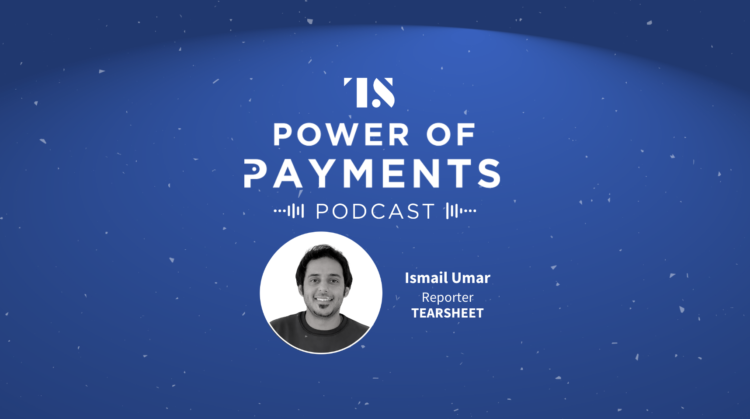Payments, Podcasts, Power of Payments Podcast
Power of Payments Ep. 5: Extend’s Andrew Jamison on virtual cards, spend management, and the future of corporate payments
- Andrew Jamison, co-founder and CEO of Extend, joins host Ismail Umar on this week's podcast.
- He shares why he founded Extend, what need it serves in the industry, and where he sees virtual cards and corporate payments headed in the coming years.








